Flower Meanings
Hibiscus
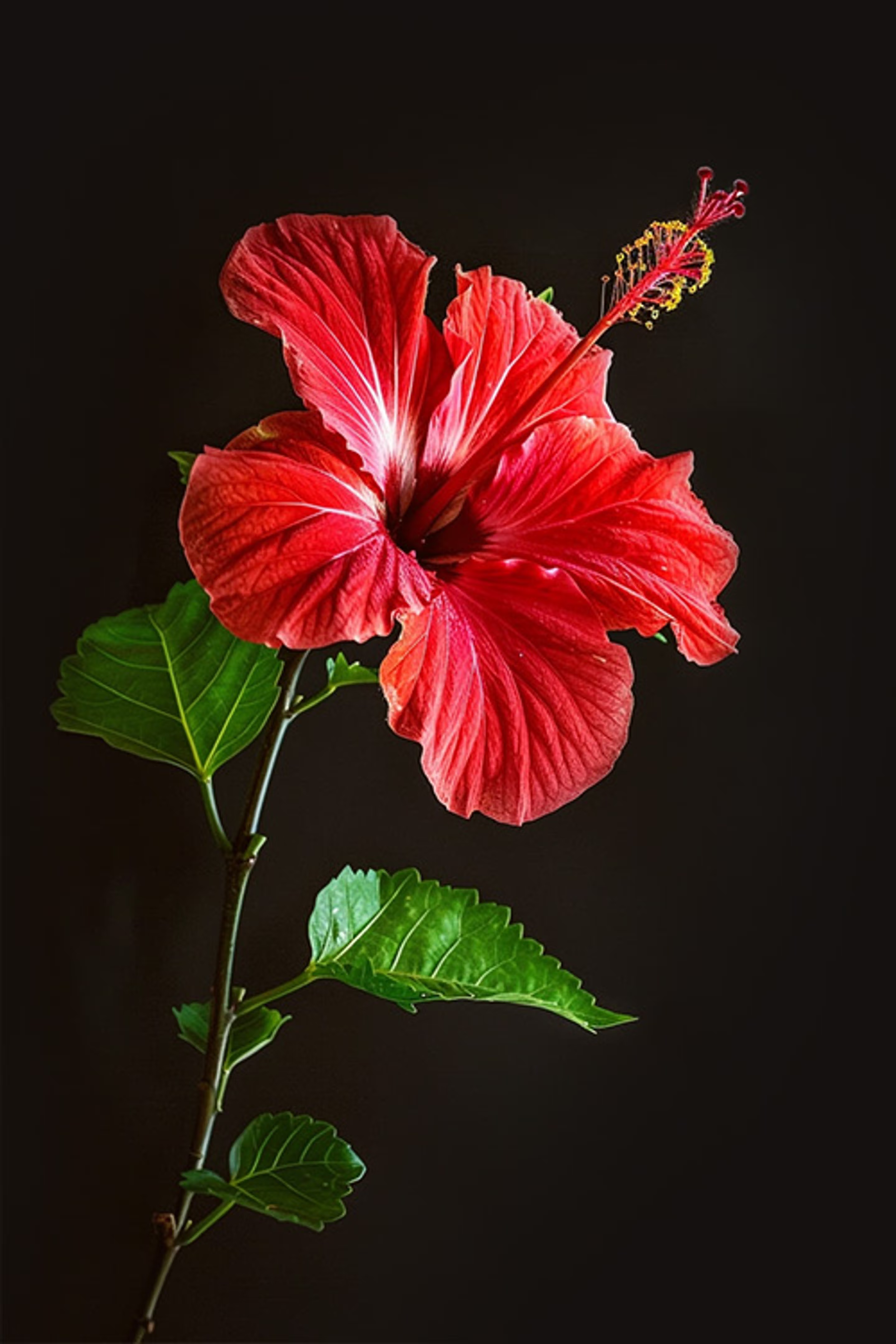

The Meaning of Hibiscus
Although their meaning will vary on the culture of the beholder, some general symbols often associated with the hibiscus flower are:
- A perfect wife or woman. Hibiscus is generally considered quite a feminine flower and is usually given to or worn by women.
- Delicate beauty. In Victorian times, the gift of a hibiscus bloom meant that the giver was acknowledging the receiver’s delicate beauty.
- The fleeting beauty of fame or personal glory. This is a Chinese belief based on the short vase life of most hibiscus varieties and is given to both men and women. [1]
Hibiscus Color Meanings
Hibiscus come in a wide array of colors but here are just a few, along with what those colors mean!
Yellow hibiscus is often associated with happiness, sunshine, and good luck!
Red hibiscus is a symbol of love and passion.
Pink hibiscus stands for friendship and all different kinds of love – not just romantic!
Purple hibiscus is associated with mystery, knowledge, and the upper class. [1]
What Does Hibiscus Smell Like?
While most hibiscus blooms have no scent, it is common for some to have a slight, modest fragrance.
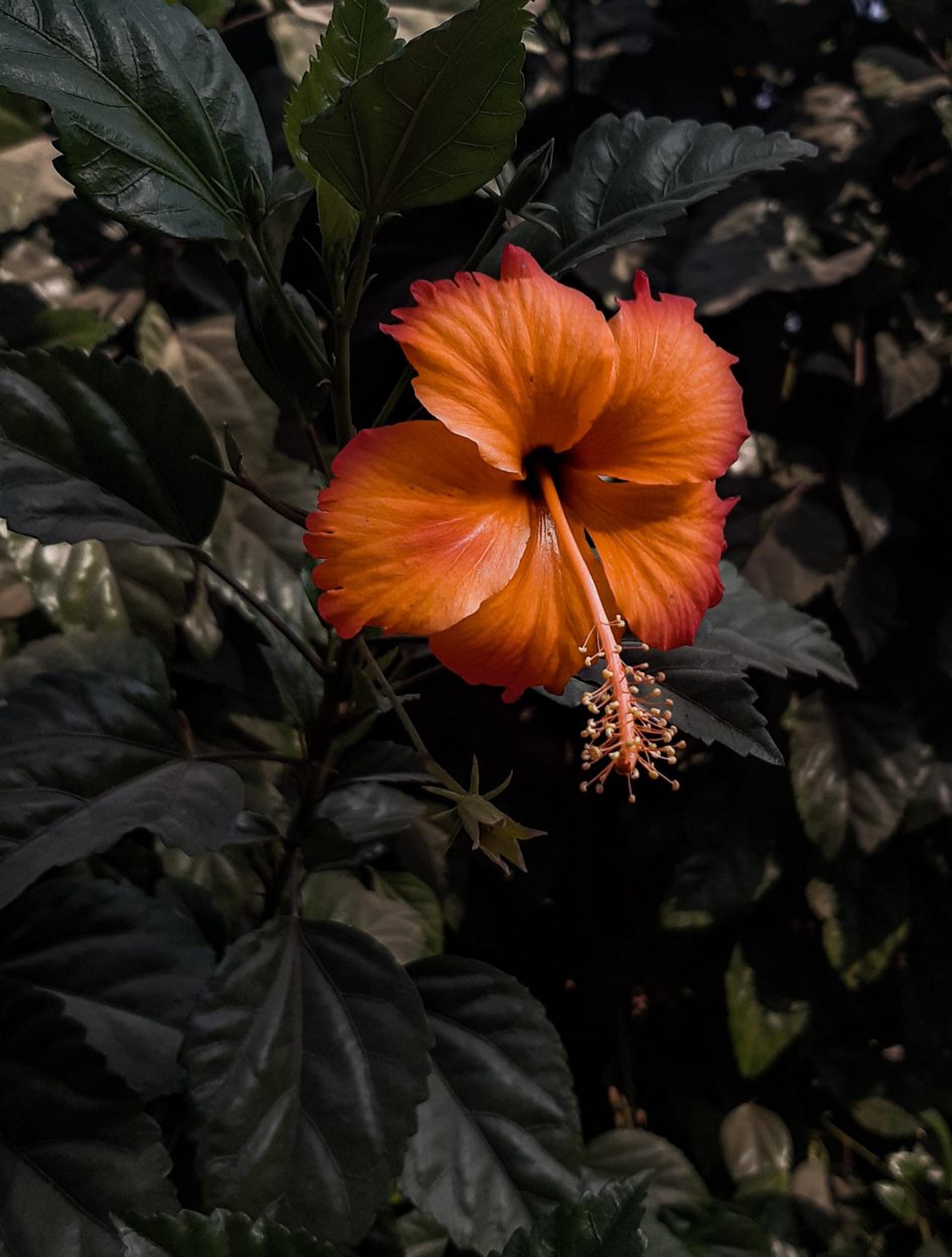
"If I had a single flower for every time I think about you, I could walk forever in my garden."
Claudia Adrienne Grandi
The History of the Hibiscus
The ancestors of the modern hibiscus we all know and love were sprinkled all around the globe, trailing the Equator from one tropical land to the next!
They are considered to be the ancestors of the modern exotic hibiscus originally native to Mauritius, Madagascar, Fiji, Hawaii, China, and India.
Similar to modern hibiscus, their ancestors were characterized by their free-flowering, tall bushes, and their ability to form seeds using their own pollen that would grow into genetically identical plants.
Most of these ancestors do still exist and look very similar to the modern hibiscus of today.
We don’t know how the original species were separated from one another, but it is speculated that at one time, they grew closer together, but continental drift eventually separated them.
It’s also possible that they all come from the same ancestral hibiscus, and this ancestral plant evolved into different species.
We can see this happening even now in the Hawaiian islands when plants of one of the Hawaiian native hibiscus species develop unique characteristics as they grow and evolve on separate islands.
Another theory is that during pre-historic times, the ancestors of the Polynesian people set out from their original home in southeast Asia and migrated throughout the Pacific, carrying with them seeds of the original hibiscus species that they planted in various locations during this long migration. By the 1700s, eight cross-compatible hibiscus species were growing naturally on tropical islands off the east coast of Africa and all the way to Hawaii.
By the 1900s, first and second-generation hybrids of hibiscus were growing in most of the sub-tropical areas of the world. Although many growers were able to improve the plants, they hadn’t yet been able to attain the flower size and huge variety of colors that were to come from the more intense hybridization in the 20th century. This was first done in Hawaii! [2]
DID YOU KNOW - Hibiscus Fun Fact
Hibiscus tea, tinctures, dried petals or flowers are traditionally thought to help everything from heart disease to the common cold. [1]
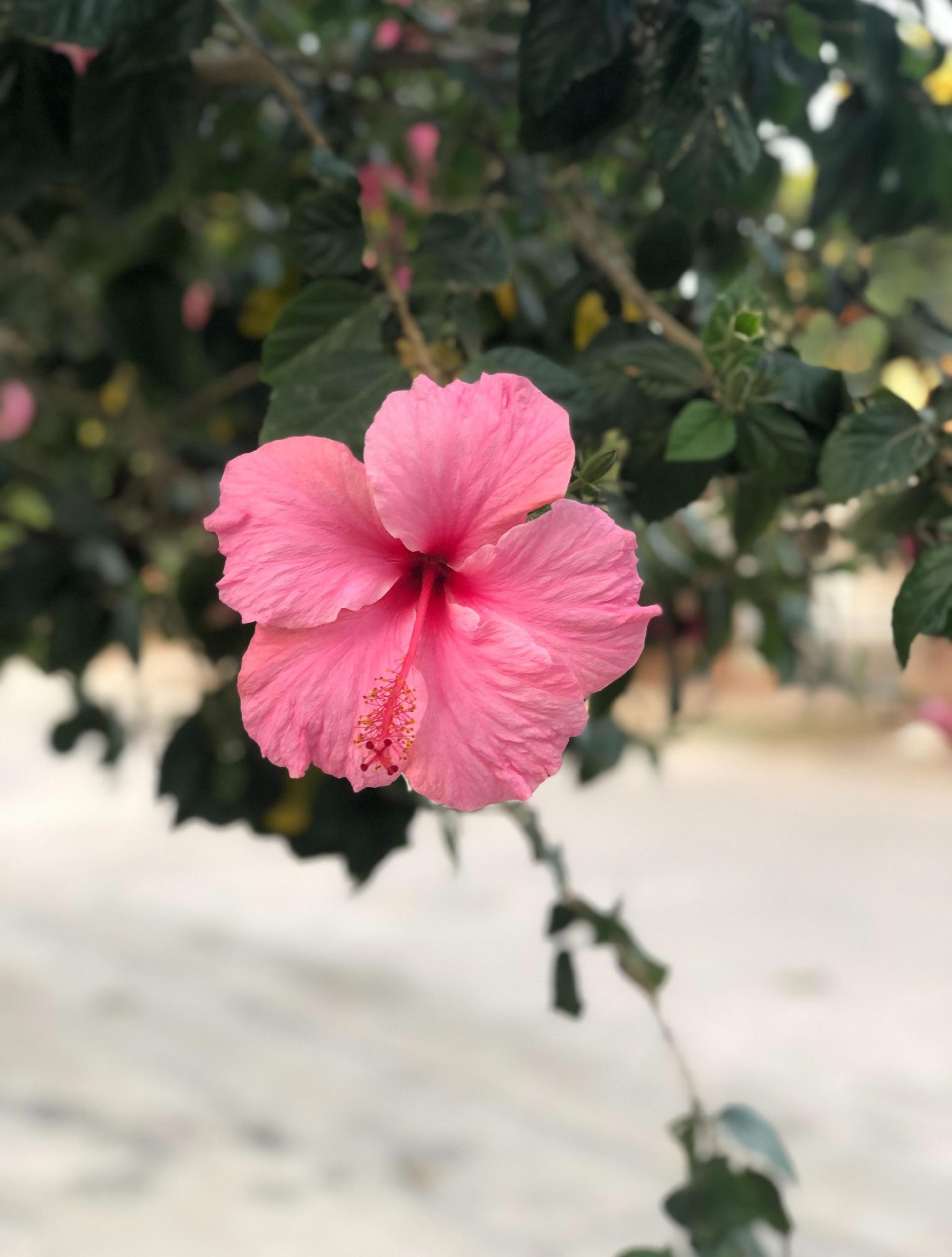
How to Grow Hibiscus
All varieties of hibiscus grow best in full sun and moist, well-draining soil.
As a warm-weather plant, it’s best to keep hibiscus inside until nighttime temperatures are consistently above 50 degrees.
Plant them in the spring so they will have the entire growing season to establish a sound root system. A perennial hibiscus planted in the fall may not return as reliably the following spring as one planted earlier in the year.
How to Plant:
- Dig a hole that is twice as wide and just as deep as the plant’s root system.
- Remove from pot and settle into planting hole
- Fill in around the root ball with soil.
- Water well after planting
- For the first few weeks, water thoroughly every couple of days. After that, water twice weekly during the first growing season and once weekly during the second growing season.
- Keep them consistently moist! [3]
DID YOU KNOW - Hibiscus Fun Fact
Some species are not only edible, but contain vitamin C. However, never eat any plant that cannot be easily identified. [1]
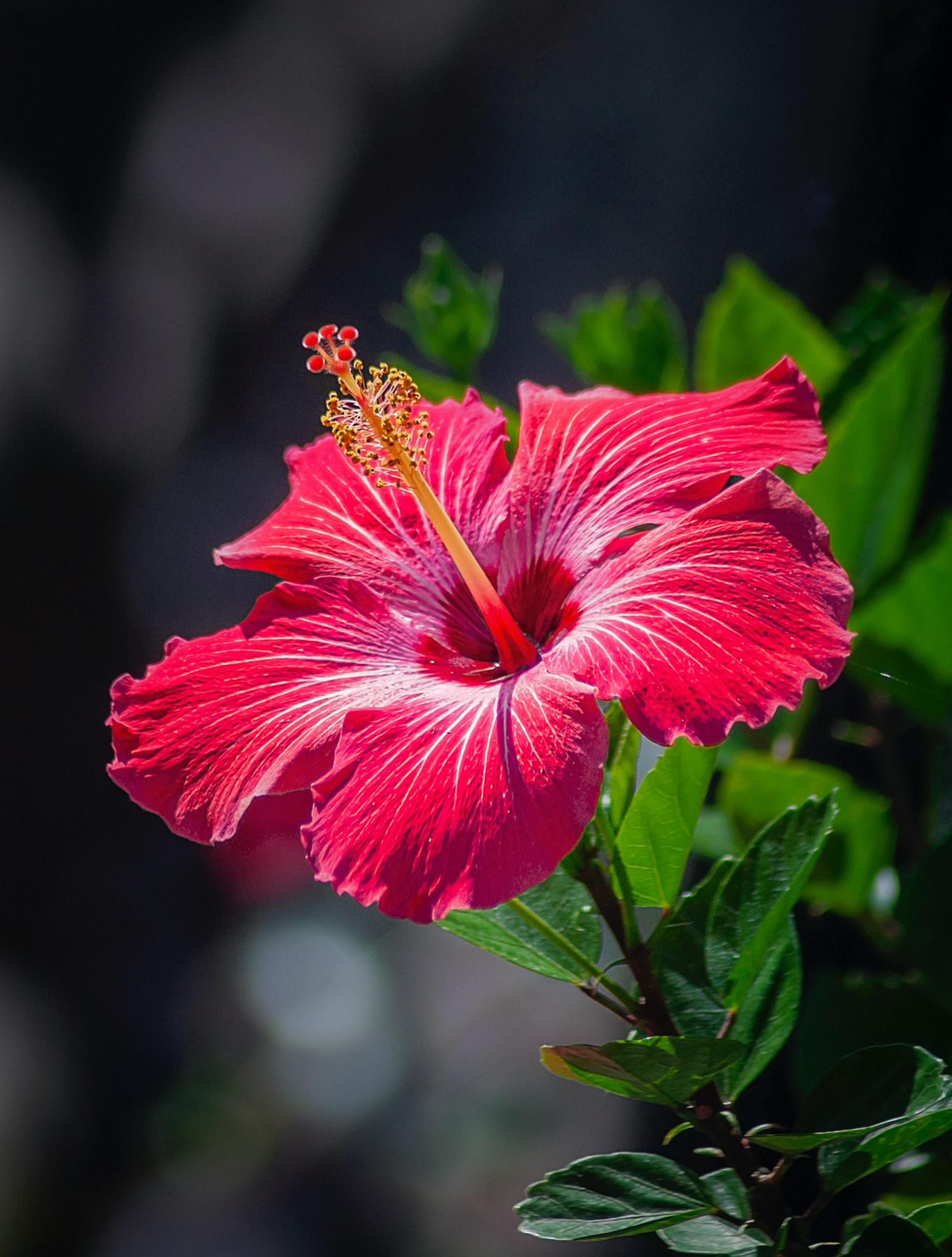
How to Care for Hibiscus
Yes, it’s true. Hibiscus don’t have the longest vase life. However, here are a few tips to keep them fresh and lively for as long as possible!
- Pick in the morning to avoid excess sun exposure
- Keep out of the sun once brought inside
- Store in the fridge until you plan on using them to keep them from wilting
When to Send Hibiscus as a Gift
Hibiscus makes the perfect grand romantic gesture if you’re trying to woo a loved one! Give them to a girlfriend, wife, or even a close friend! They’re also perfect for summer parties according to Lovingly Momentmaker, Marina Floral Design!

References:
Flower Meanings — keep discovering
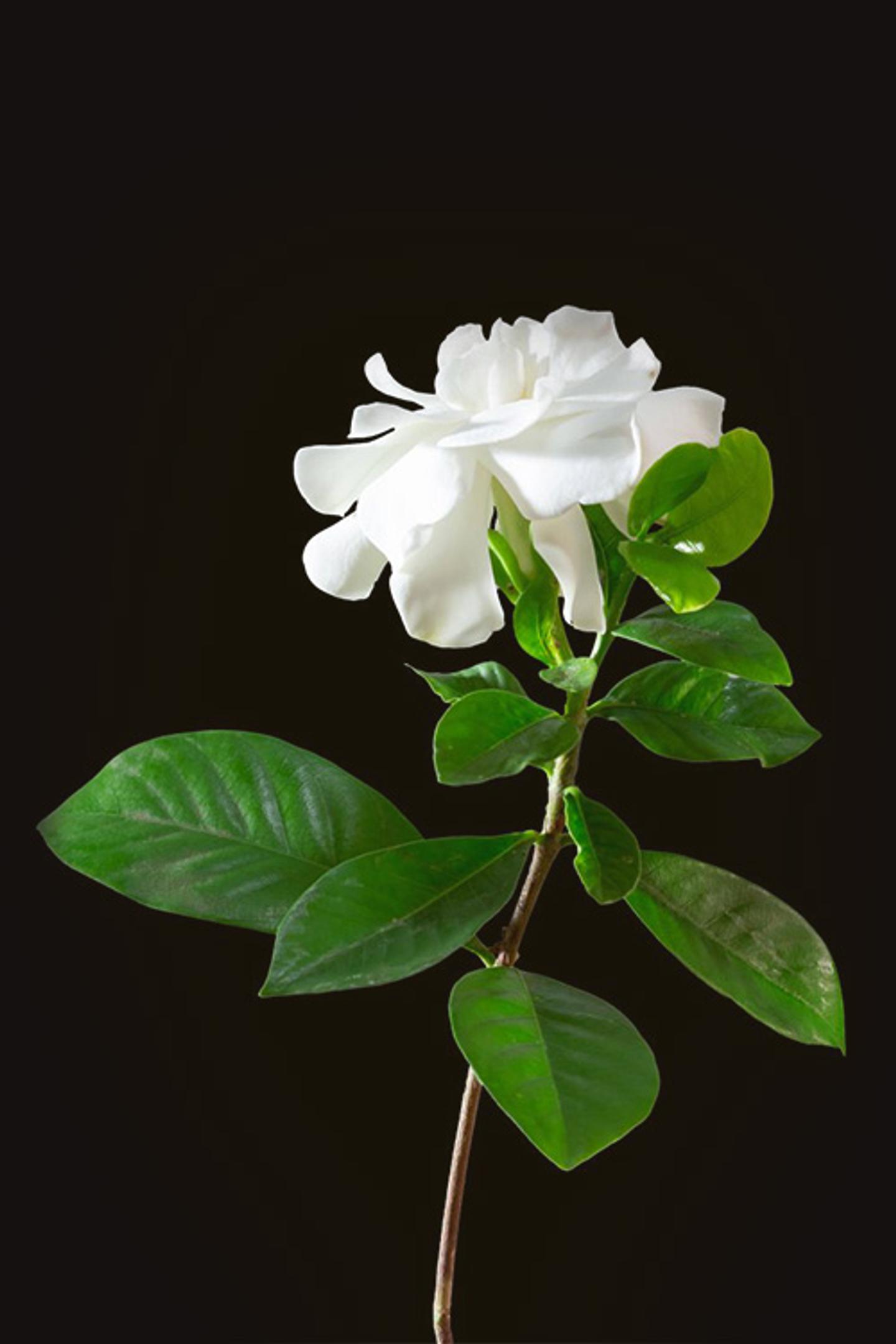
Gardenia
Gardenias, not to be confused with giardiniera (the pickled vegetable medley), are beloved for their unique fragrance and distinct, creamy-white flowers and leathery green leaves. Gardenias are heat-loving evergreen shrubs or trees that make up for their not-so-easy maintenance with a spellbinding scent.
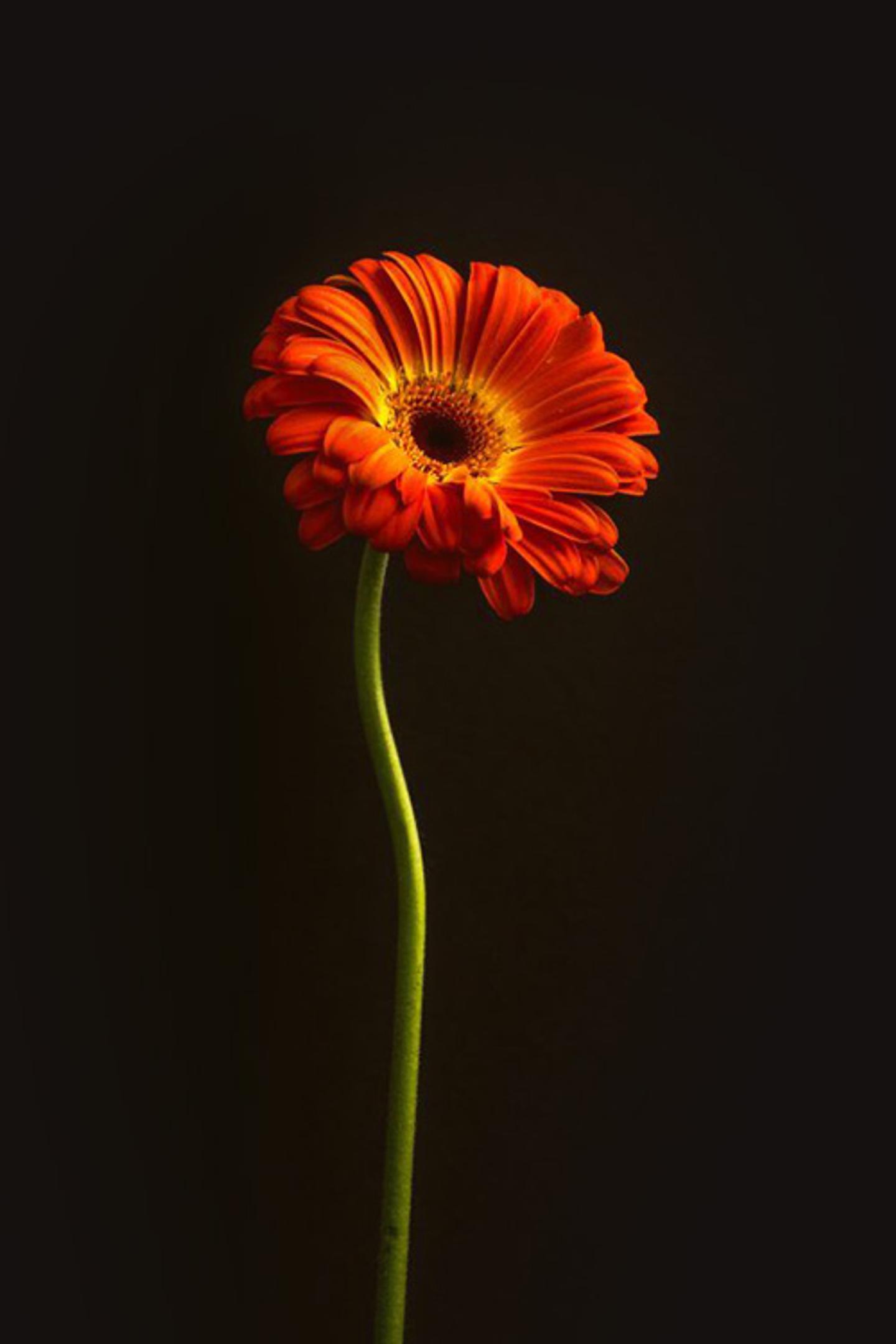
Gerbera Daisy
They’re sleek; they’re elegant, they’re big, bright, and fabulous. We’re talking about gerbera daisies.
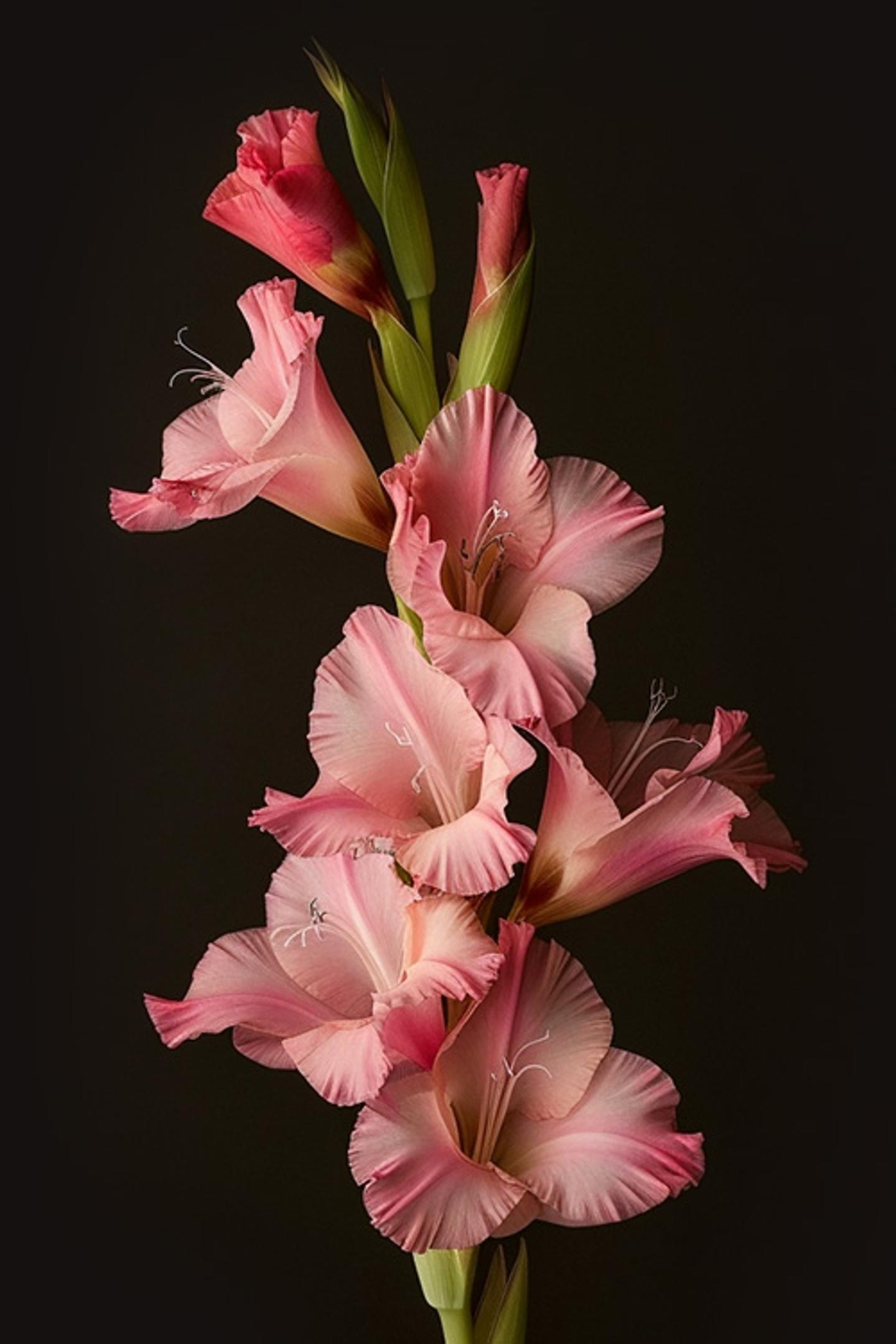
Gladiolus
The gladiolus: a beautiful, proud, tall drink of water. We commonly recognize glads by their strikingly tall stalks and large, abundant blooms that grow in all sorts of vibrant colors. As the month of August’s prized flower, these blooms have a lot more to offer than just their beauty.
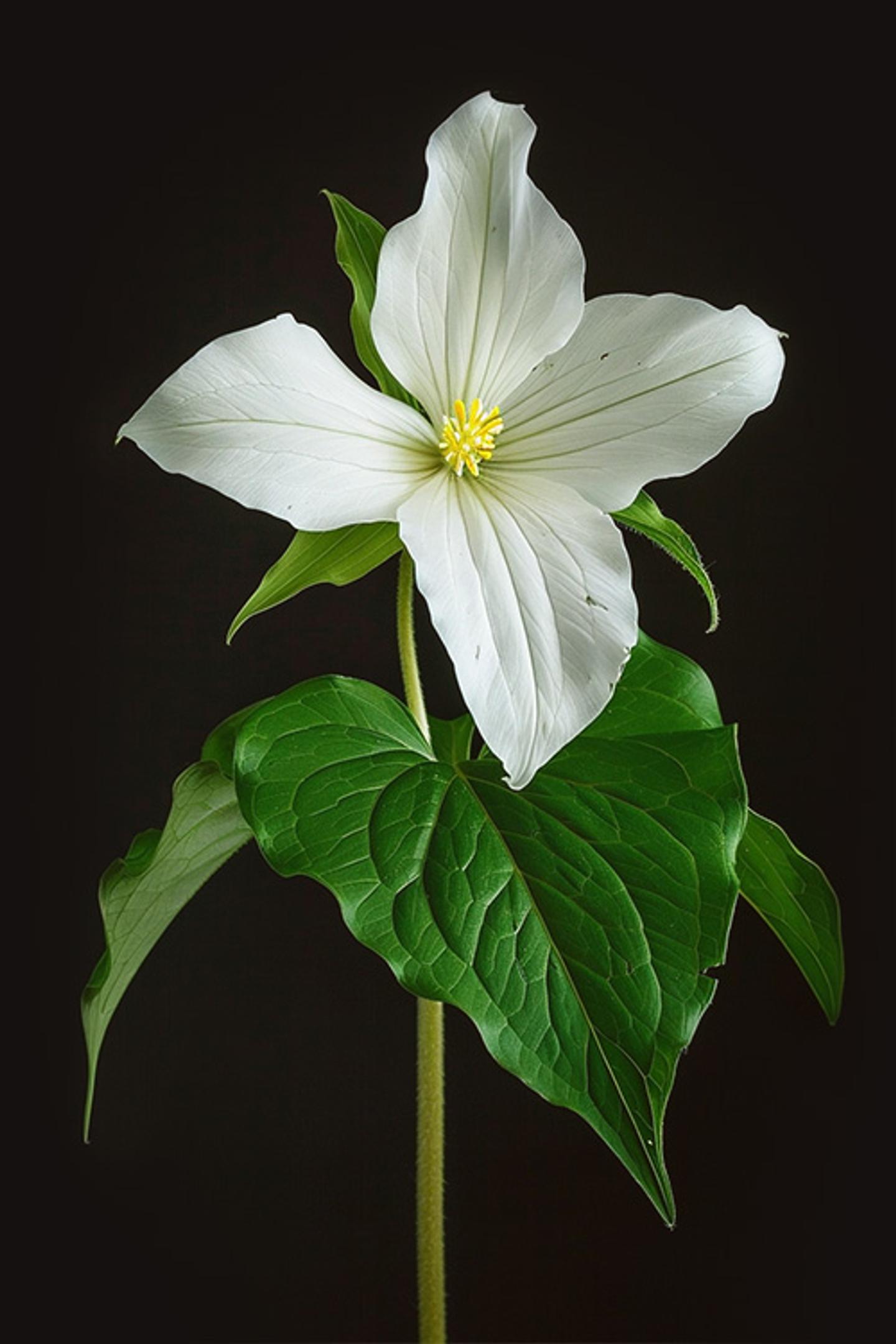
Great White Trillium
Trillium is a forest wildflower that is part of the lily family. Although it’s quite the stunning wild beauty, it is a little smelly. If you ever find yourself hiking your way through the Pacific Northwest, be sure to keep your eyes and nose) peeled!

Gardenia
Gardenias, not to be confused with giardiniera (the pickled vegetable medley), are beloved for their unique fragrance and distinct, creamy-white flowers and leathery green leaves. Gardenias are heat-loving evergreen shrubs or trees that make up for their not-so-easy maintenance with a spellbinding scent.

Gerbera Daisy
They’re sleek; they’re elegant, they’re big, bright, and fabulous. We’re talking about gerbera daisies.

Gladiolus
The gladiolus: a beautiful, proud, tall drink of water. We commonly recognize glads by their strikingly tall stalks and large, abundant blooms that grow in all sorts of vibrant colors. As the month of August’s prized flower, these blooms have a lot more to offer than just their beauty.

Great White Trillium
Trillium is a forest wildflower that is part of the lily family. Although it’s quite the stunning wild beauty, it is a little smelly. If you ever find yourself hiking your way through the Pacific Northwest, be sure to keep your eyes and nose) peeled!
Ready to send beautiful flowers?
Our guided experience helps you send a one-of-a-kind arrangement perfect for every occasion.
Send Flowers